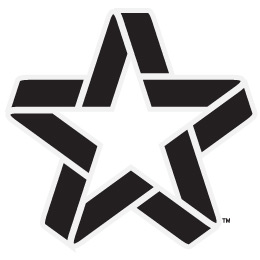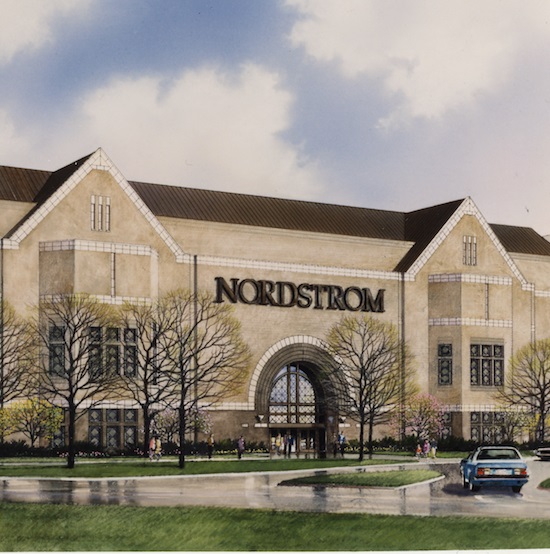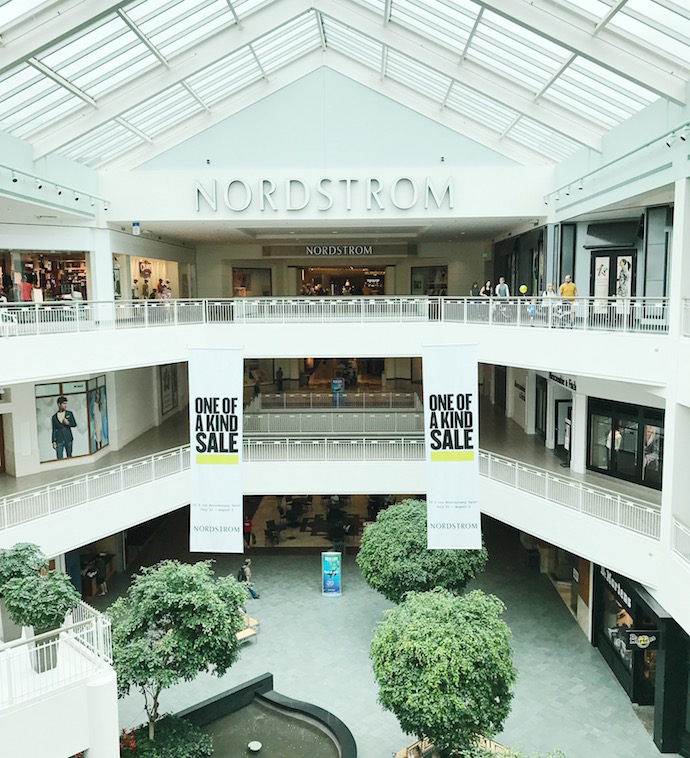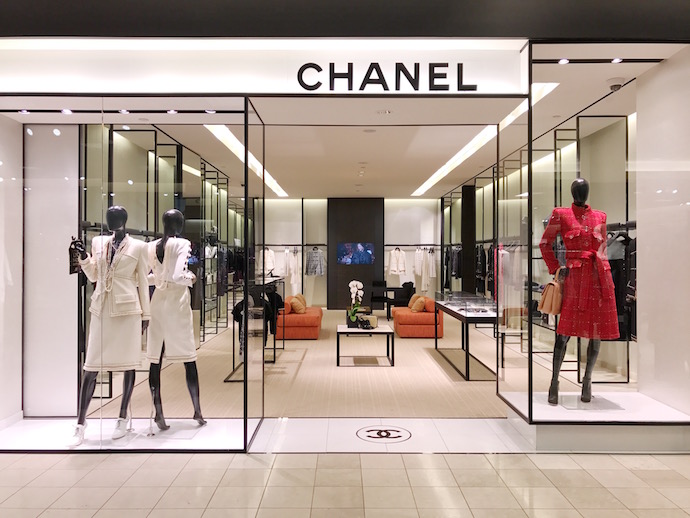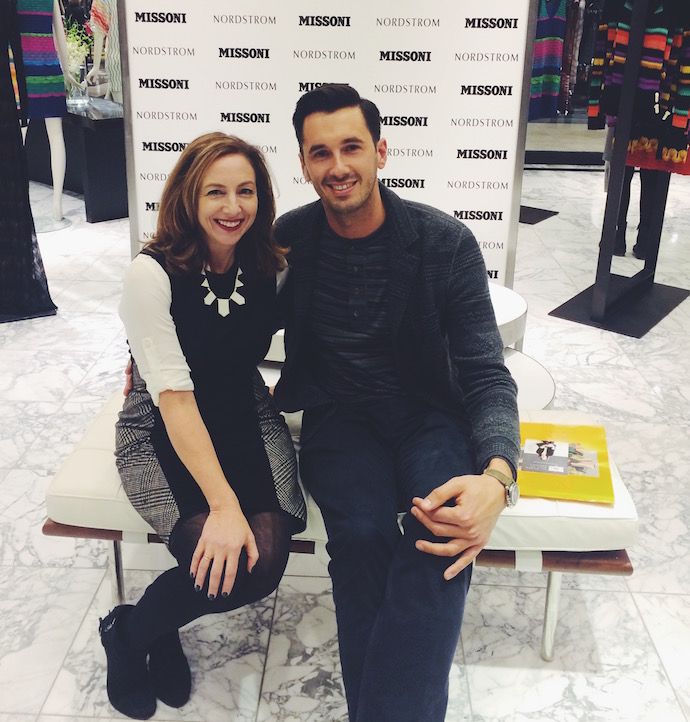From the beginning, Nordstrom foresaw the great potential of Mall of America. In fact, the retail giant sent one of its namesake to run the retailer’s first Minnesota store. Erik Nordstrom, now co-president of the company with his brothers, was the original store manager for Nordstrom Mall of America. And shoppers noticed.
Especially in the Twin Cities, people noticed when the mega-mall wasn’t anchored by Dayton’s (the hometown department store), as were most other regional malls. We didn’t expect to swap out our Dayton’s charge cards when MOA first opened; but Seattle-based Nordstrom—legendary for its service and shoe selection—enticed Mall skeptics in those early years.
Little did we know how the landscape would change for department stores. Before the Mall’s 10th birthday, Dayton’s had become Marshall Field’s and was eventually swallowed by Macy’s (which, in a roundabout way, meant that Dayton’s did end up at MOA).
The Store that Brought Us Chanel and Gucci
Soon, Nordstrom became our constant. It’s the store where sales are bona fide events. Where personal shopping is still a service. Where Christmas decorations never go up until the day after Thanksgiving. Nordstrom is the store that brought us Chanel and Gucci.
In the early years, fashion was somewhat overshadowed by the spectacle of the Mall. Could Jimmy Choos sell in the same building as the Amazing Mirror Maze and mini golf? Why yes. Yes, they could. Tourists from around the world flocked to Nordstrom MOA for luxury goods. There’s no sales tax on clothes and shoes in Minnesota, which makes it worth the trip—even for fashionistas in Chicago.
When designer lines disappeared from other local stores, Nordstrom brought them in. Nordstrom’s success in selling high-end goods prompted Burberry, Stuart Weitzman, Hugo Boss, Kate Spade, and other upscale brands to flock to the Mall. Plans are underway for a Phase 3 of the Mall, which will focus on luxury retail.
“There is absolutely a demand for luxury in the Twin Cities,” the Mall’s CEO Don Ghermezian told me in a recent interview. “More than we anticipated. Originally, we were thinking smaller, but 15 to 20 tenant spaces have mushroomed into 40 to 60 tenants. We’re building what luxury retailers want to see—first and only of its kind in the entire state.”
How a Full-Service Department Store Continues to Thrive
And Nordstrom’s success is likely what will give some of those specialty retailers the confidence to sign on. Nordstrom is proof that there’s still a place for a full service department store in our lives, and at our Mall.
“We owe our customers a lot for helping us build our business here in Minneapolis over the past 25 years,” says Nordstrom Mall of America store manager Joe Greco. “Our customers are the number one reason we open our doors every day. We appreciate the daily opportunity to serve customers on their terms and to evolve with them no matter how they choose to shop with us.”
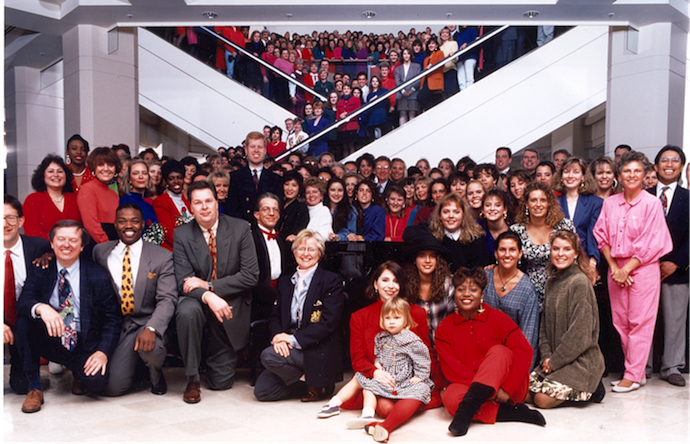
Erik Nordstrom (pictured in second row, behind piano player) was the original store manager of Nordstrom Mall of America.
Those early years at MOA had a big impact on Erik Nordstrom, too. Just last year, he referenced his time at Mall of America during a commencement speech at LIM College. He actually read to the graduating class a 1994 customer complaint sent to his father, who was then co-chair of Nordstrom. In it, the customer called Erik a buffoon for fumbling his response to a complaint about a condescending sales associate.
“I was a buffoon,” Erik Nordstrom told the audience, according to a Fashion Week Daily report. “It made me realize, one of the great things about this business is the pure objectivity of it…Our goal is to make customers feel good…That may sound squishy…but that’s our business. The business of fashion is about making people feel good.”
As the senior editor of Shopping & Style for Mpls.St.Paul Magazine, Allison Kaplan shops—all the time. She also hosts a weekly radio show, “Shop Girls,” on myTalk107.1 and is a frequent guest on other radio and television programs. She grew up immersed in the retail world, commentating her first fashion show with her mom at age 6.
